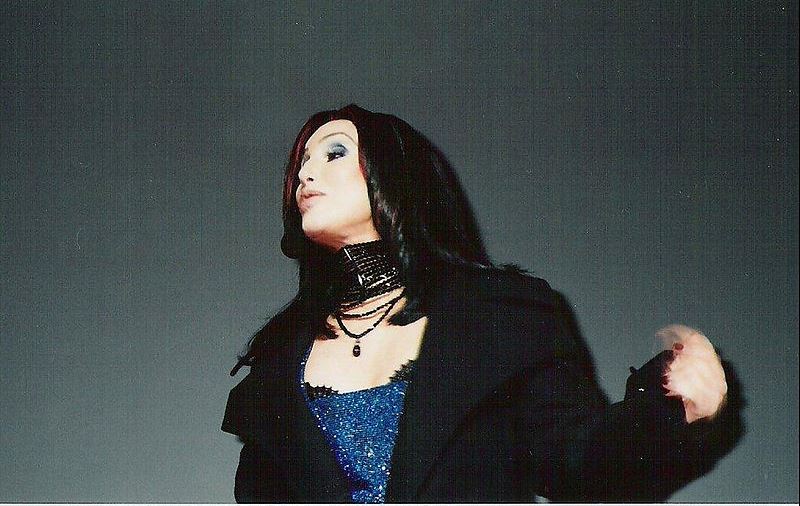How Auto-Tune Changed Contemporary Music
We can hardly imagine today’s music without the metallic-sounding resonance of auto-tuned voices. After its unveiling in 1998, on Cher’s track “Believe“, the now famous system caused a revolution not only in the way music is made and produced but also the way it is perceived by the audience. Its application is very wide, ranging from error correction on one side to modern, robotic-sounding verses on the other. Due to its powerful presence in contemporary music, our view of it has changed- but is it for the better?
Why was Auto-Tune created?
It isn’t well known that Auto-Tune was created because of oil. It’s true! A mathematician and musician, Dr. Andy Hildebrand was working as a consultant for Exxon when he realized he could apply his complex formulas and algorithms for finding oil to improve the sound of music for a more effective experience. In this way, the Auto-Tune was born. At first, it was meant to be used in order to help singers who are less skilled deliver full and flawless melodic lines, but its first use in Cher’s “Believe“ showed its potential for achieving cool vocal effects. Nowadays, it is very widespread – it is speculated that up to 90% of pop music performers in the US use Auto-Tune in some form.

How was Auto-Tune used?
Even though a complex program, the first tasks it could perform were more or less simple- straighten out any variations in pitch that a singer can produce unconsciously or unwillingly, which, in turn, produced a sound without the small ‘glides’ between the notes a real singer would produce; the program just automatically jumped from one pitch to the other, creating a metallic, robotic sound we associate with it.
How is it used today?
Nowadays, Antares, the company that owns the rights to the Auto-Tune program and all its elements, has a much wider range of products that singers all over the world can use. Some of the new features they offer include making the corrected vocal tract less robotic and more human-like, as well as a digital mapping of the vocal tract, where the users can choose its characteristics, and in that way, literally create their own new singing voice. While this sounds like something out of a science-fiction novel, it is very real, and there are also many musicians that object to the implications of such software.

The good and the bad side
The most aggressive opponents of auto-tuning mostly claim that this software is a means for those less musically talented to successfully record music with the end product similar to that of a singer who spent his/her whole life in musical training. Those who defend auto-tuning, however, say that Auto-Tune has opened new doors in music, with artists having more resources at hand to experiment and produce new, more interesting kinds of music.
Regardless of whether you support it or not, one thing can’t be argued: Auto-Tune has changed the way we perceive music and singing forever and opened many doors for new (and old) artists to shine and create new music.

